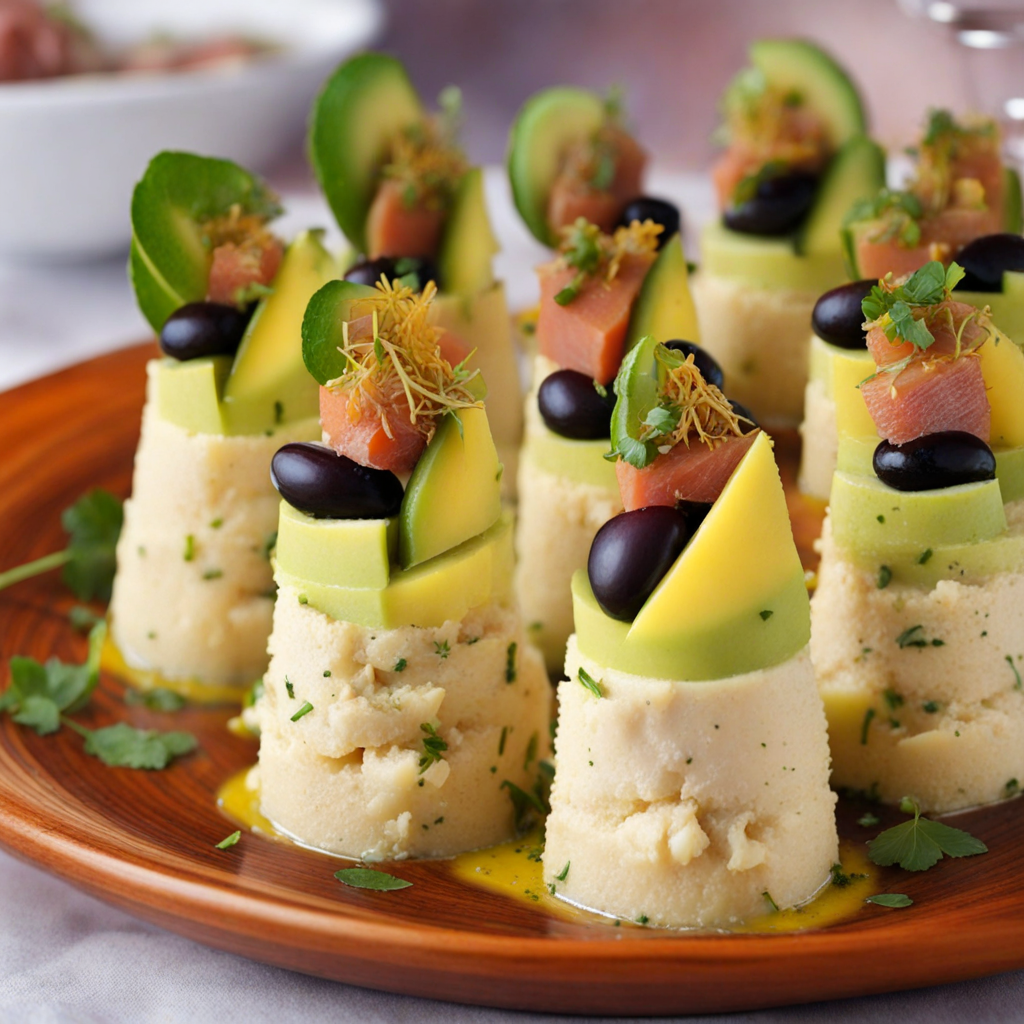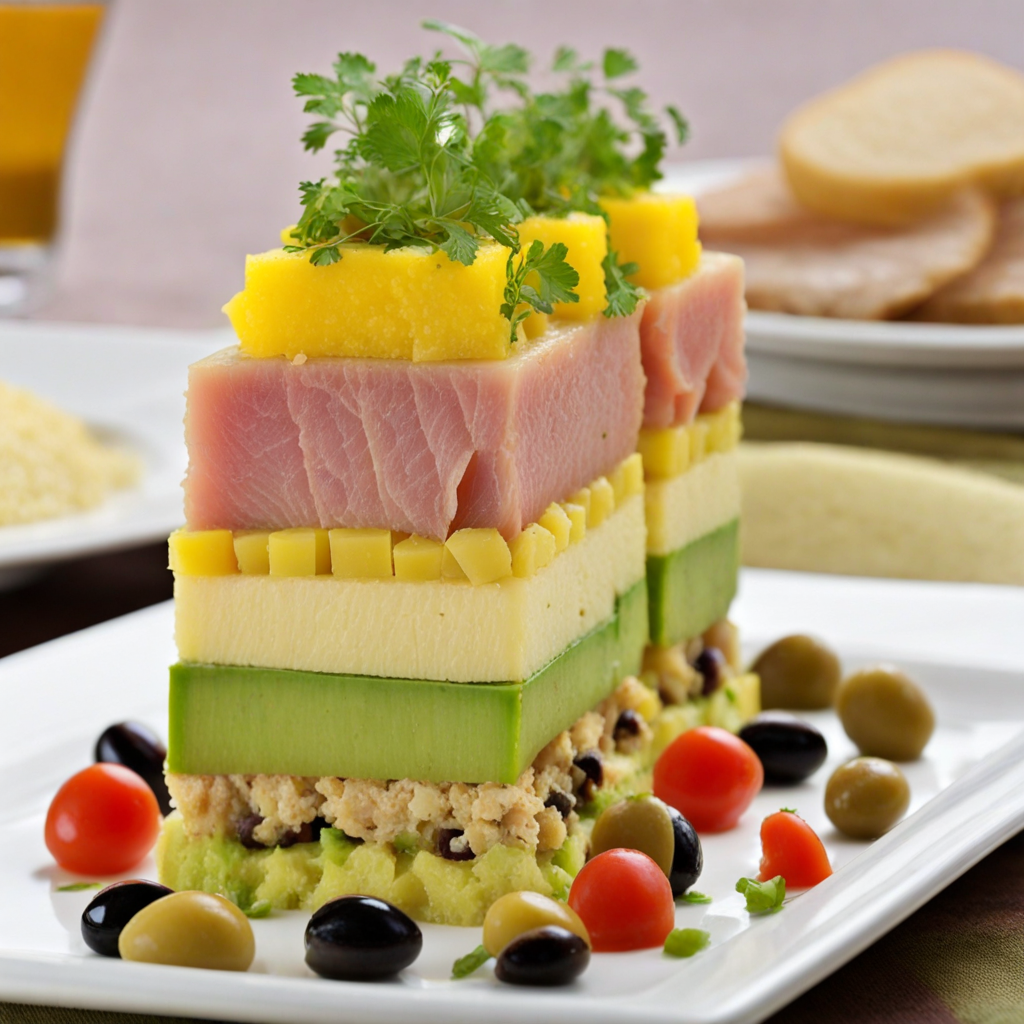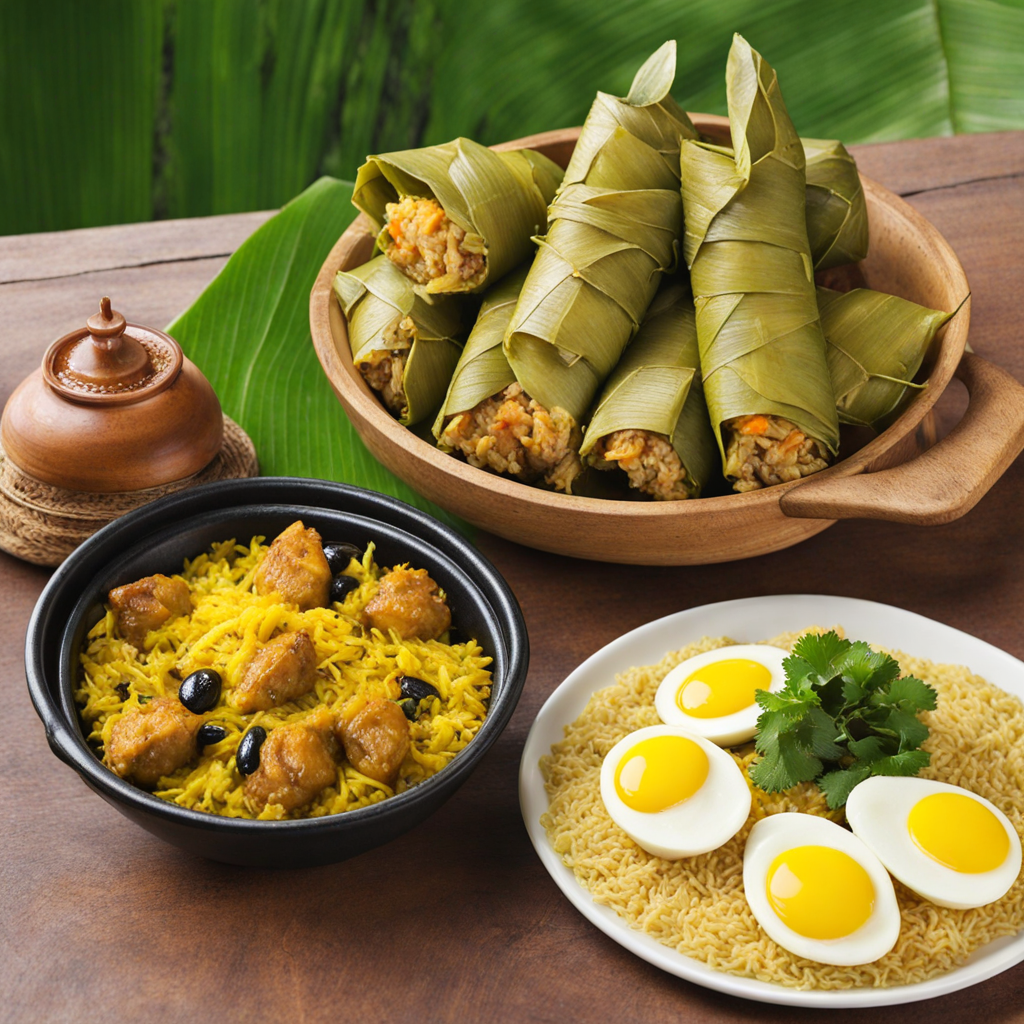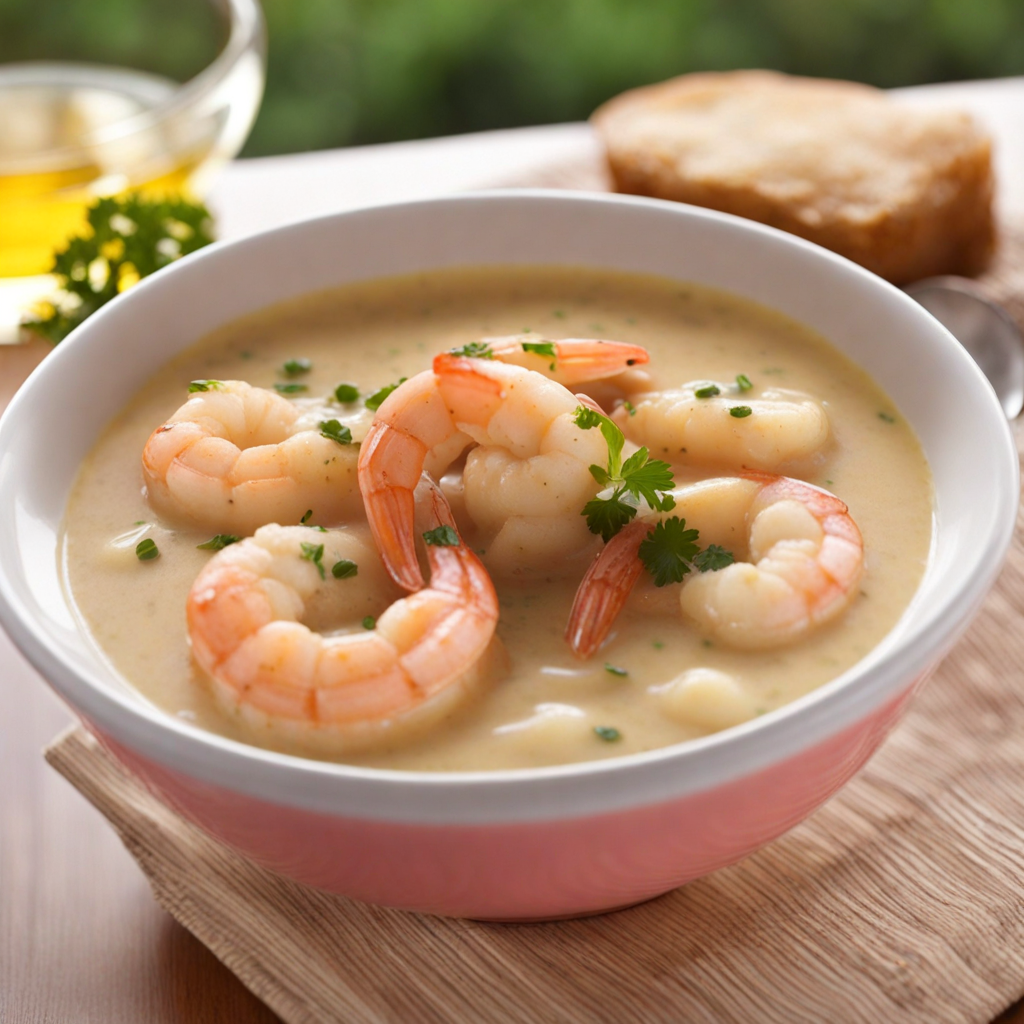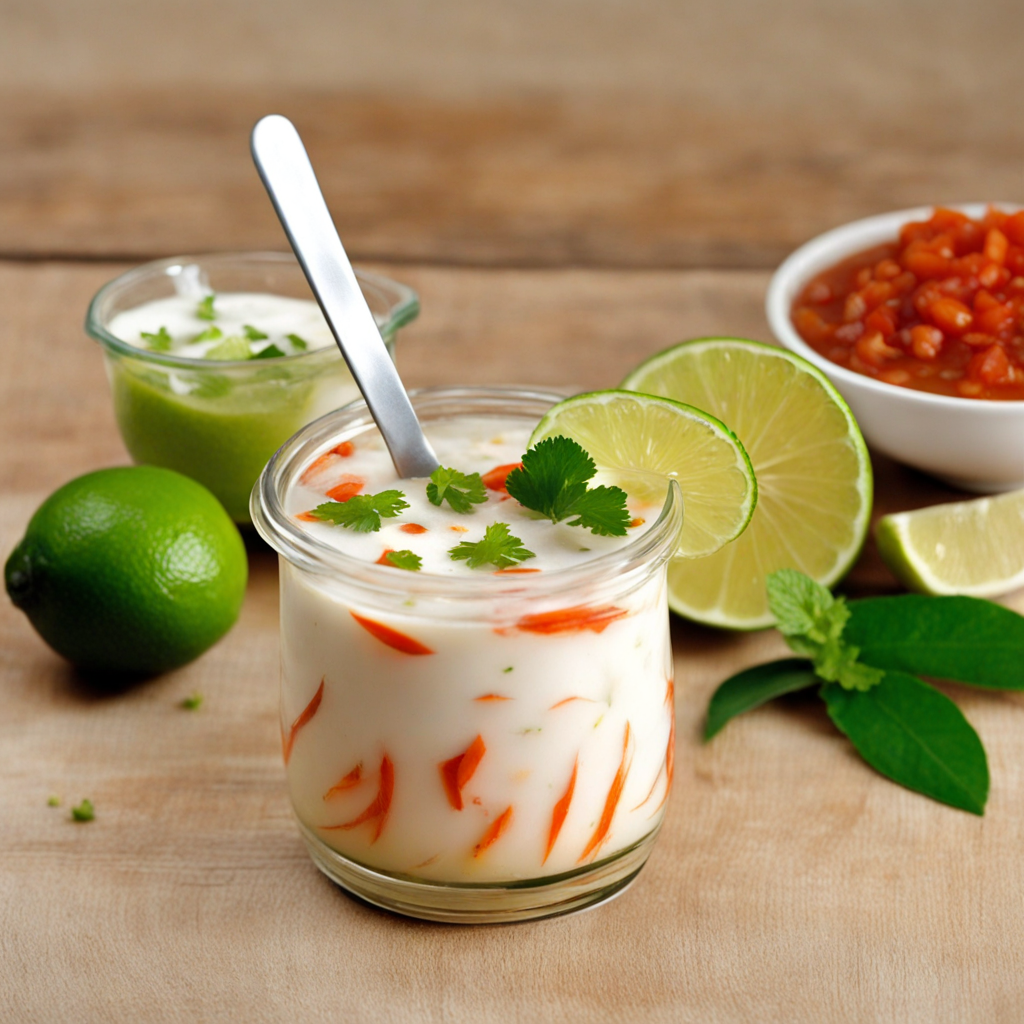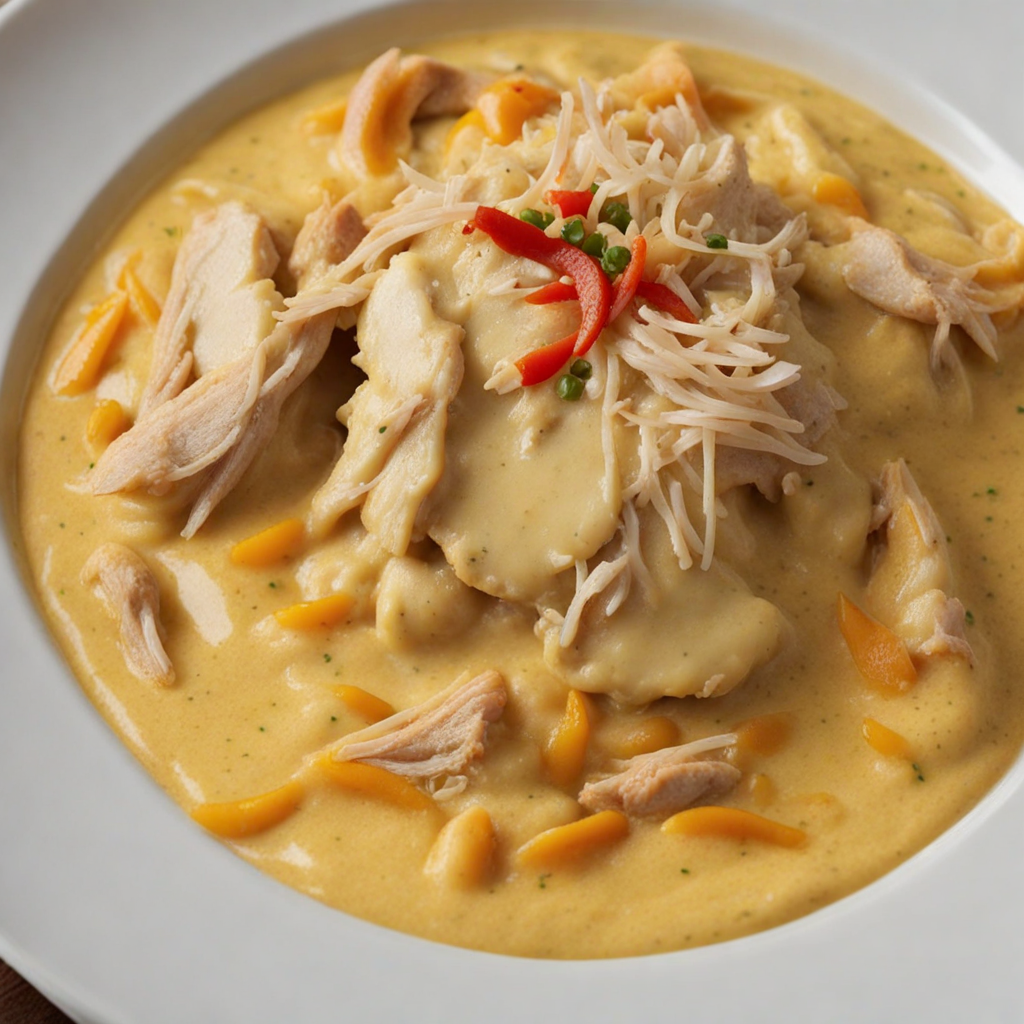Causa
Causa is a traditional Peruvian dish that beautifully showcases the versatility of potatoes, a staple ingredient in the country’s cuisine. The foundation of causa is a smooth, creamy layer of yellow potatoes, typically seasoned with lime juice, aji amarillo (a Peruvian yellow chili pepper), and salt. This base is not only vibrant in color but also offers a delightful tang that complements the richness of the other ingredients. The potatoes are often prepared in a way that they can be molded, allowing for a stunning presentation that is as pleasing to the eye as it is to the palate. Layered upon this potato bed, you'll find a variety of fillings that can include savory seafood, chicken, or avocado, each contributing its unique flavor profile to the dish. The seafood variant might feature a delicious mix of tuna or crab with mayonnaise, enhanced by the freshness of lime. Alternatively, the chicken filling often includes ingredients like avocado and olives, creating a rich, creamy texture that contrasts beautifully with the potato base. Each layer brings a different taste experience, making each bite a delightful journey through flavors and textures. What truly sets causa apart is not just its ingredients but also its cultural significance. This dish is a staple in Peruvian celebrations and gatherings, representing the country's rich culinary heritage. Served chilled or at room temperature, causa is a refreshing choice that is perfect for warm weather, making it an ideal appetizer or light meal. The experience of enjoying causa is not just about the taste; it’s also about savoring the history and tradition behind this vibrant dish, making it a must-try for anyone looking to explore the diverse flavors of Peru.
How It Became This Dish
Causa: A Culinary Journey Through Time in Peru Origins of Causa Causa, a beloved Peruvian dish, has roots that stretch deep into the rich soil of Andean culture. Its origin is intertwined with the agricultural practices of the indigenous peoples of Peru, particularly the Quechua and Aymara communities, who cultivated the potato long before the arrival of the Spanish in the 16th century. The word "causa" itself has Quechua origins, derived from “kausay,” meaning “to give life” or “sustenance.” It is believed that the dish emerged as a nourishing meal for the working class, especially laborers who toiled in the fields. In its earliest form, causa was a simple preparation of mashed potatoes, seasoned with native Peruvian ingredients such as lime and ají (a type of chili pepper). The potatoes used were often yellow or white, varieties that are still popular in modern Peruvian cuisine. The dish was typically served cold, making it a practical choice for laborers needing a meal that could be easily transported and consumed. Cultural Significance Causa holds significant cultural importance in Peru, especially as a symbol of national identity. In a country known for its diverse culinary landscape, causa stands out as a dish that embodies the fusion of indigenous and Spanish influences. After the Spanish colonization, new ingredients such as olive oil, mayonnaise, and additional vegetables were incorporated into the dish, transforming it into a more complex and varied version of its original form. The dish has also become a staple in Peruvian festivities and celebrations. During significant holidays, such as Independence Day and local festivals, causa is often featured on dining tables, showcasing its status as a comfort food that brings families and communities together. The vibrant colors of causa, often achieved through the use of bright yellow potatoes or colorful toppings, add to its visual appeal, making it a favorite for festive occasions. Evolution of Causa As time passed, causa began to evolve, reflecting the changing tastes and influences of the Peruvian people. The traditional preparation of causa continued to be made with mashed potatoes, but cooks began to experiment with different fillings and toppings, leading to the creation of various regional variations. The addition of seafood, particularly tuna or shellfish, became popular along the coastal regions, while other regions incorporated local meats or vegetables. By the late 20th century, Peruvian cuisine began to gain international recognition, and causa emerged as one of its signature dishes. Renowned chefs started to showcase causa in their restaurants, elevating it from a humble dish to a gourmet experience. This culinary renaissance highlighted the versatility of causa, allowing chefs to create innovative versions that included contemporary ingredients while still paying homage to its traditional roots. One notable variation is "causa rellena," which is a layered version filled with ingredients such as shredded chicken, avocado, or egg. This version showcases not only the creativity of the chef but also the adaptability of the dish to suit various palates. Causa has also found its way into fusion cuisine, where chefs outside of Peru have experimented with the flavors and ingredients, leading to unique interpretations that continue to celebrate its essence. Causa Today: A Symbol of Gastronomic Pride Today, causa is not just a popular dish in Peru; it has become a source of national pride and a symbol of the country's rich gastronomic heritage. With the rise of the "Nuevo Peruano" culinary movement, which emphasizes the revival and reinvention of traditional Peruvian dishes, causa has taken center stage in both local and international culinary scenes. Causa is often served in upscale restaurants, where chefs use high-quality ingredients and artistic presentations to elevate the dish. This transformation has not only made causa a sought-after dish in fine dining but also a versatile option for street food vendors who serve simplified versions to locals and tourists alike. The dish’s adaptability ensures that it remains a staple in both casual and formal dining settings. Moreover, the internationalization of Peruvian cuisine has led to the establishment of Peruvian restaurants worldwide, where causa is frequently featured on menus. The dish's appeal lies in its ability to convey the essence of Peru's culinary landscape while being accessible to diverse audiences. Conclusion: A Living Tradition Causa is much more than just a dish; it is a living tradition that encapsulates the history, culture, and resilience of the Peruvian people. From its humble beginnings as a sustenance for laborers to its current status as a culinary icon, causa reflects the dynamic nature of Peruvian cuisine. It serves as a reminder of the country’s agricultural heritage, the fusion of indigenous and colonial influences, and the ongoing evolution of food practices. As Peruvian cuisine continues to gain prominence on the global stage, causa remains a testament to the power of food in fostering community, celebrating identity, and bridging cultures. Whether enjoyed in a traditional setting or a modern gastronomic venue, causa continues to give life to the culinary landscape of Peru, inviting all who taste it to partake in its rich history and vibrant flavors.
You may like
Discover local flavors from Peru


